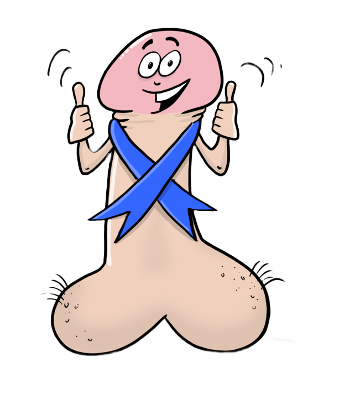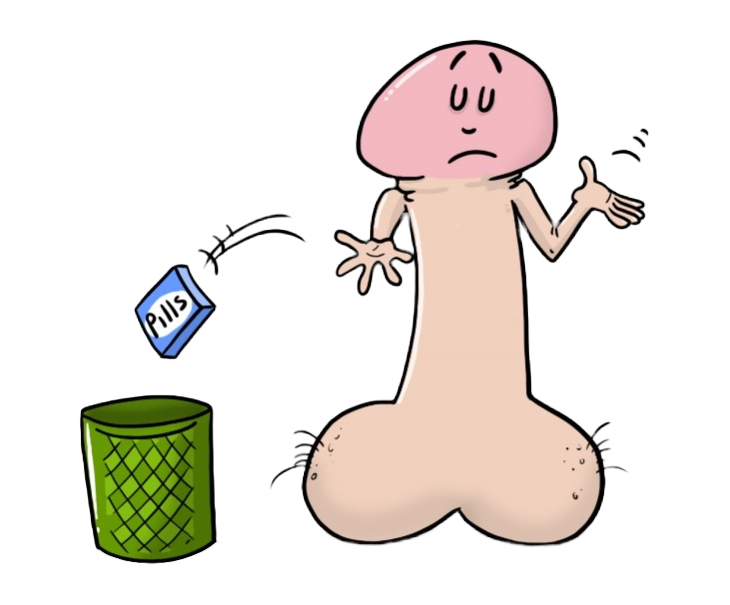Prostate Cancer Sexual Rehabilitation
Still have questions? Here's a few we get all the time.
Work with me
I have developed these online programs to enable you to get assistance in the privacy of your own home and in your own time.
Through many years of consulting on these problems, I found that I was often explaining the same thing to people and my waiting list was months long. I then developed these online programs will teach you what the problem is and provide ways to assist you in finding solutions.
Once you have completed the program you can also book an appointment with me online. My current waitlist for clinic appointments is 12 weeks however program purchasers get to jump the cue. Once you have enrolled in the program you will be sent a link to book an online consult and a discount code.
Program purchases pay a discounted rate of $150 for a 45 min consult, you are welcome to book consult without purchasing program however this will be at the standard consultation rate of $280.
The advantage of doing the program first is all the generic information that you need to get started is covered. The later private consultation if required will be about the details specific to your situation and needs.

Ready to take action
Learn about our online Penile Rehabilitation Program and how it can help you.
So where to from here?
Here are some ways to help you get on the path to recovery faster.
Start the Online Program
Get started on your journey today with the Prostate Rehabilitation Program.
Access our Online Resources
Subscribe now for free to access videos, more in depth information and to receive regular updates as new content is released.
Get the Tools
We have a range of products to help specifically with Prostate Rehabilitation.
Check out the online store!
Book a Consultation
If you prefer, please book a 45 min consult here. Please note that wait times for consults occur and you will get more benefit from the consult if you have already done the online program as you will have all the basics and step by step treatments options. This means the consult time will spent modifying treatments for your specific requirements.





